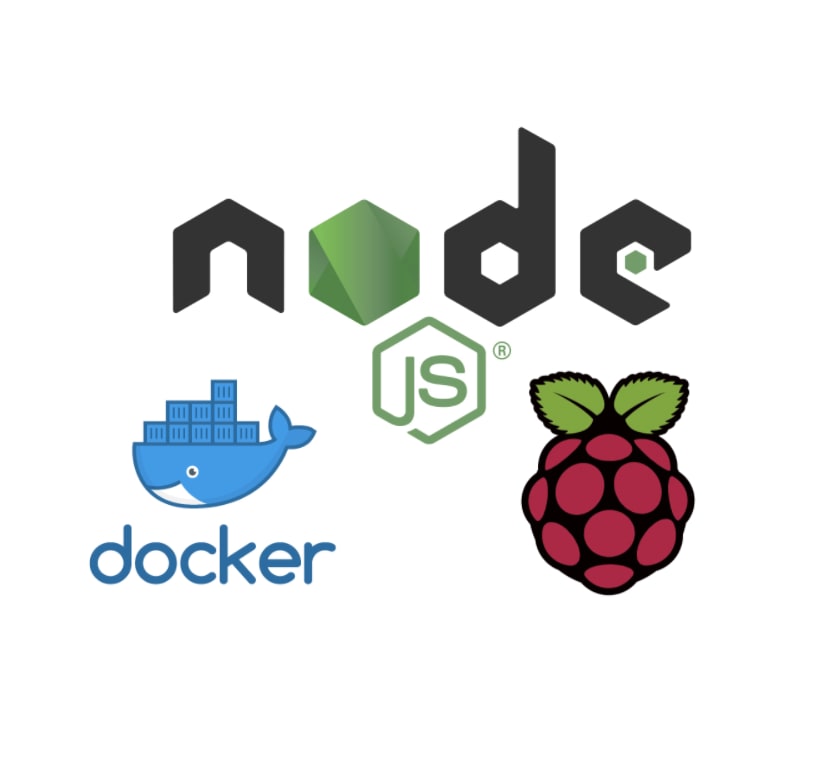
It helps us keep the built production image as small as possible by keeping all the development dependencies in the intermediate layer, which may, in turn, result in faster deployments.
#Nodejs docker install
For us, the two most important are that the application will behave as expected regardless of the environment, and that it is possible to install all the external dependencies (in our case, Redis and PostgreSQL) automatically when starting the application.Īlso, Docker images are easily deployable on platforms such as Heroku and work well with CI solutions like CircleCI.Īs a bonus, we are going to use a recently added feature called multi-stage build. Adding Docker with multi-stage buildĬontainerizing our applications with Docker has many advantages. Now that our application is set up, let’s move on to adding Docker.


The CLI wizard is going to ask us to choose between npm and yarn in this guide, we will be using npm. Keep in mind that the application will be generated in the app-name folder in the current directory. Naturally, app-name is replaced by the actual name of the application. To install the CLI globally, run: npm install -g in order to create an application, we can execute: nest new app-name We can easily create a new NestJS application with its dedicated CLI. Note: This article assumes basic knowledge of Docker. Here’s where Docker containerization becomes indispensable. The application should also ensure everything it depends on, like the aforementioned external services, is created during the start process. Ideally, our application should be started with a single command that guarantees it will work as expected regardless of the developer’s choice of machine/environment. The generated setup is fine for a simple application, but as it gets more complex and starts to rely on external services like Postgres or Redis, it could take quite a while for developers to set everything up themselves due to differences in the machines they’re using or whether they have all the necessary services already installed. With a single command, nest new app-name, we have a fully functional, ready-to-go application. Containerized development with NestJS and DockerĬreating a brand-new NestJS application is a breeze thanks to its awesome CLI. Maciej Cieślar Follow A JavaScript developer and a blogger at.
#Nodejs docker code
To fix the bug we will add the lines of code below to the. However, we did not initialize the array, so it is undefined. The ejb template goes through the todolist array and ought to be placed in the current session. Is it possible to fix the bug? Step 5: Fixing the bug Now move back to Visual Studio Code to get the details as shown: The Waiting for localhost message will appear at the bottom left of the page, meaning that the breakpoint we created has paused execution, and we can check the value of the variable. Next, switch to the web browser and refresh the page as shown below: It is done by selecting the + sign under watch on the sidebar of the window and then entering the name of the variable ( ) as shown below: To check the value of the variable, we will insert an expression to watch. Then click on the Debug and Run button as shown below:

Press Shift+Ctrl+D to change to the debug view. Step 3: Inserting an expression to check the value of the variable We will put a breakpoint at that line and check the value of the todolist variable as shown below: Open a new terminal window, browse to a root directory, and run the command below:Ĭonst bodyParser = require( 'body-parser')Ĭonst session = require( 'cookie-session')Ĭonst urlencodedParser = bodyParser. We will also introduce a minor bug when coding the application and use Visual Studio Code to address the issue and fix it. We will create a simple to-do list application that allows the users to add and delete tasks.


 0 kommentar(er)
0 kommentar(er)
